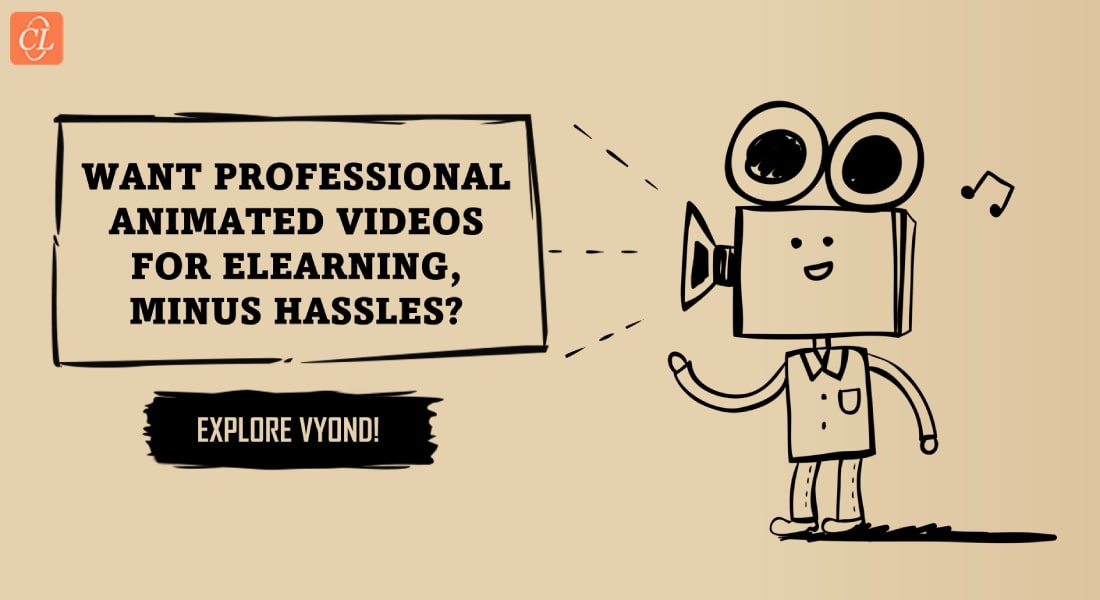How to Create Excellent E-learning Course from Your Existing ILT Material in 6 Simple Steps

It is common knowledge that companies are investing huge amounts to train their employees to improve productivity and customer satisfaction. There are many methods of training like online training, instructor-led training (ILT), simulations, on-the-job training, group discussions, coaching, etc., and each has its own advantages and disadvantages.
Recently, I worked for a project where ILT material was converted into an online course. The inputs provided to us were in the form of PDF and MS-Word documents. Today, I am going to explain how we converted this ILT material into an eLearning course. We followed six steps which are listed below.
Step 1
Collecting all the input atone place: We first collected all inputs and content-related documents like videos, PDFs, etc. at one place. By doing this, we had an idea of what all we have to make use of. We also had a quick look at the content, and this made it for us to decide what comes where and when.
Step 2
Creating a Curriculum: Here, we decided the curriculum. The ILT program was a level- based training program, and so, we decided to divide the content into 2 levels – basic level and advanced level. The ILT program had 4 topics, which we divided into two levels. Each level was further into courses and modules. The hierarchy level of the curriculum is shown below.

Step 3
Designing an Instructional Strategy: Here, we analyzed the content, and this gave us a complete picture of the concept. We decided on the strategies such as scenario-based learning and avatar-based learning. We brainstormed with our team, with the content and learning objectives in mind. The ILT program had classroom activities, and we were to decide on how to use them. At the end, we decided to follow a scenario-based learning approach where the classroom activities were used as case-studies. Here we also finalized the visual strategy, audio strategy, assessments, activities, etc.
Step 4
Standardizing the designs: After we decided on the curriculum and instructional strategy, we listed the standards pertaining to the presentation of animations, interactivities, assessments, case studies, etc. We also finalized the colors and format to be used at different levels of the course.
Step 5
Prototyping: We then decided to make a prototype of the course. We collected different types of content and designed the course with singles screens of interactivity, scenario, case study, and assessments. We then created the prototype and sent it to the client to get his approval of the strategies and standards to be used.
Step 6
Developing the eLearning course rapidly: Finally, after getting the approval from client, we then started the actual development of the courses. Having a clear understanding of the ILT material helped us to develop courses rapidly.
Thus, we converted the ILT material into an interactive and engaging eLearning curriculum. Hope you find this blog useful. Do share your views.





